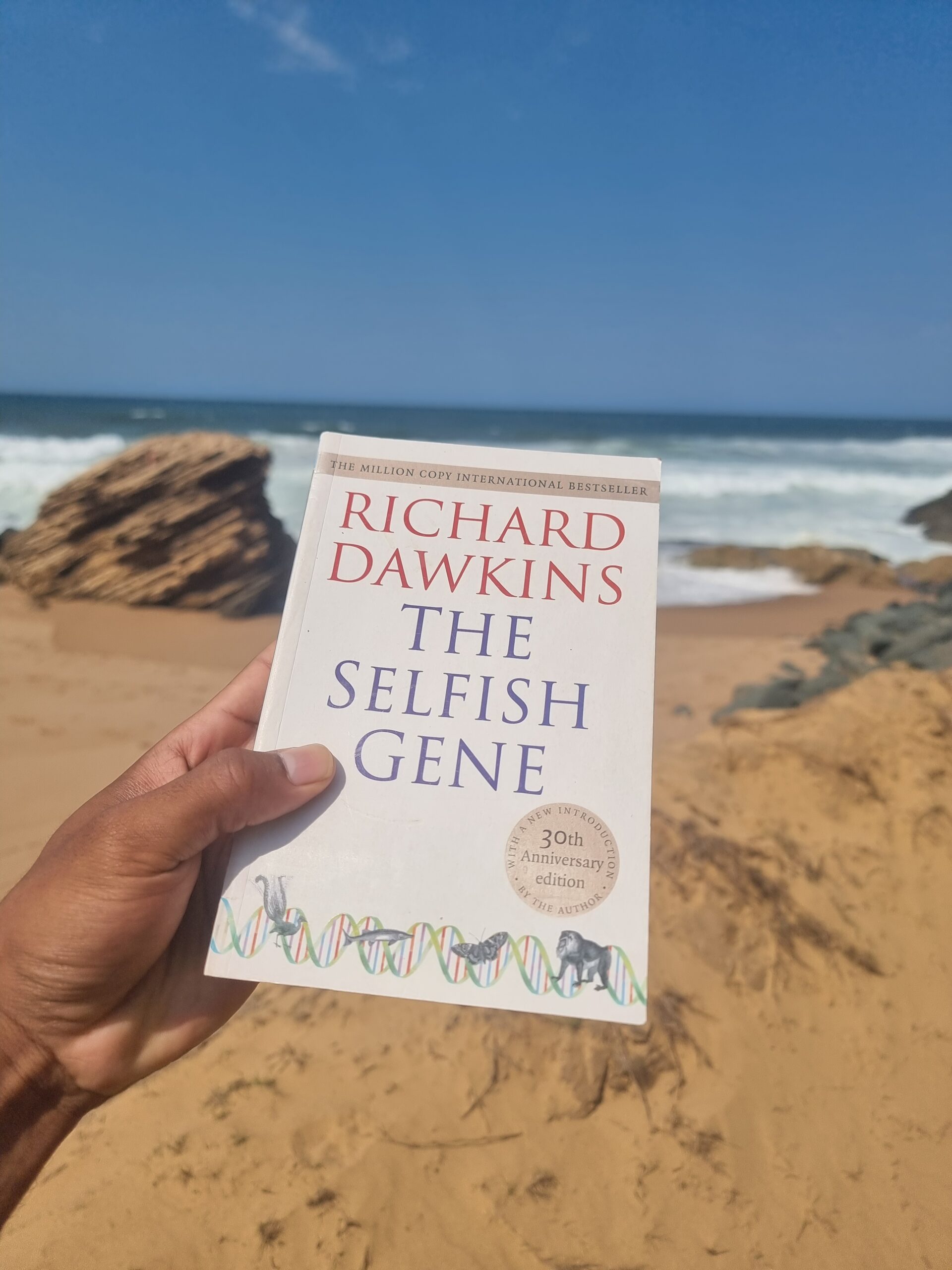
A Thought-Provoking Journey Through “The Selfish Gene” by Richard Dawkins
Reading “The Selfish Gene” by Richard Dawkins has been an intellectually stimulating experience that challenged many of my preconceived notions about evolution and the mechanics of life. Dawkins delves deep into the intricacies of genetic evolution, presenting ideas that not only illuminate the science but also provoke thoughtful consideration about our place in the natural world.
One of the most compelling concepts Dawkins introduces is the idea that “survival of the fittest” is a subset of a broader principle: the survival of stable entities. He posits that the universe favors stability, and that stable collections of atoms—organisms—persist because they have found a way to maintain their structure amidst the chaos. This perspective re-frames the way we understand life, suggesting that at our core, we are organisms striving for stability in an ever-changing environment.
The book further explores the notion that we are “survival machines,” vessels created by our genes to ensure their own continuance. Dawkins emphasizes that genes are the fundamental units of evolution because they are replicable and can exist in multiple copies, rendering them nearly immortal in the evolutionary timeline. This idea underscores the importance of genetic success over vast periods, highlighting how the triumphs and failures of genes are magnified across millions of years.
A particularly intriguing section discusses the evolution of behavioral strategies programmed by our genes. Dawkins explains how organisms that can simulate future scenarios have a survival advantage over those that rely solely on trial and error—a method that can be both time-consuming and fatal. By simulating potential outcomes, organisms can make safer and quicker decisions, enhancing their chances of survival.
The book also delves into the dynamics of selfishness and altruism within the context of genetics. Dawkins introduces the concept of Evolutionary Stable Strategies (ESS), using the metaphor of “Hawks” and “Doves” to explain how certain behavioral patterns become stable within populations due to competitive interactions. This framework helped me understand how behaviors like altruism, such as parental care, can evolve because genes that promote helping relatives can ultimately ensure the propagation of shared genetic material.
One of the most fascinating extensions of Dawkins’ arguments is the introduction of the “meme” as a unit of human culture, analogous to the gene in biological evolution. This concept opened up a new dimension of thinking about how ideas and cultural practices spread and evolve, subject to similar principles of variation and selection.
Despite the complexity of the topics discussed, and admittedly struggling at times to fully grasp the detailed scientific explanations—especially those involving genetic code and chemistry—I found the book profoundly enlightening. Dawkins has a way of making intricate scientific theories accessible, or at least approachable, to readers willing to engage deeply with the material.
Overall, “The Selfish Gene” is a thought-provoking work that challenges readers to reconsider their understanding of evolution, genetics, and even culture. While it can be dense and requires careful reading, the insights gained are well worth the effort. The book has certainly expanded my perspective and has fueled my desire to further explore the fascinating world of evolutionary biology.
